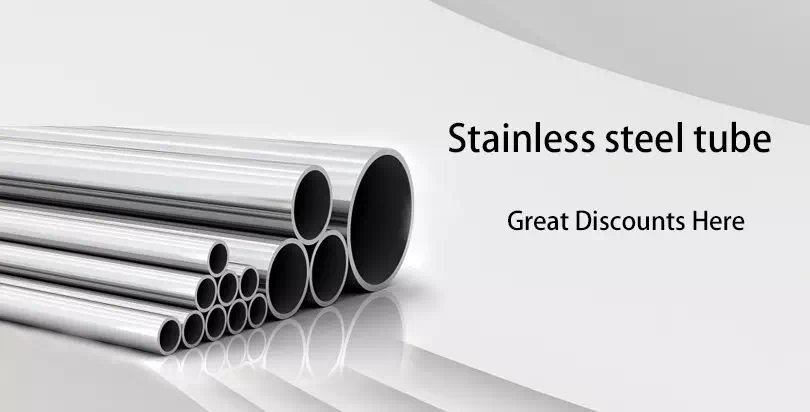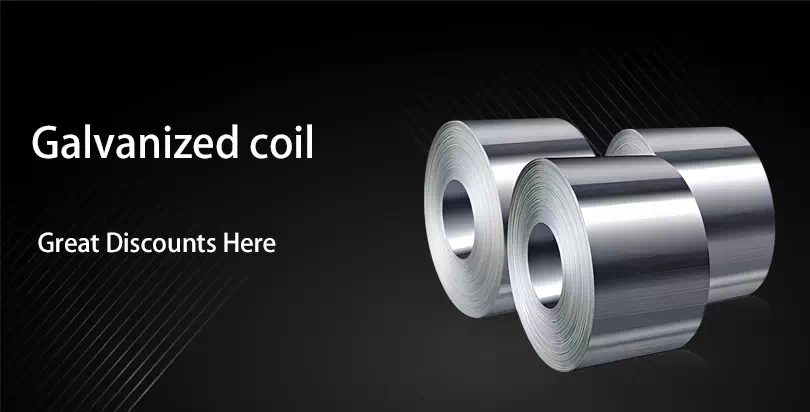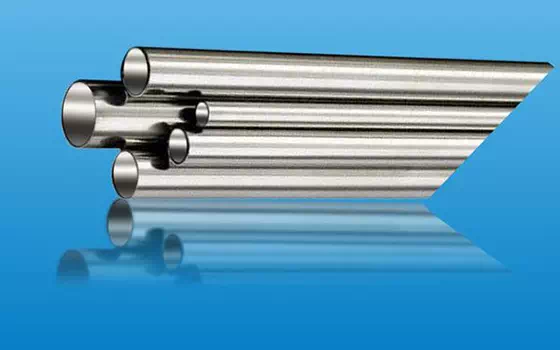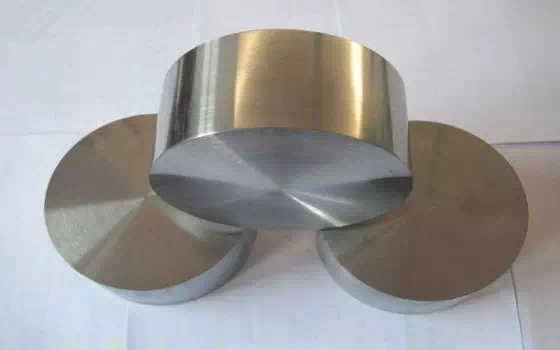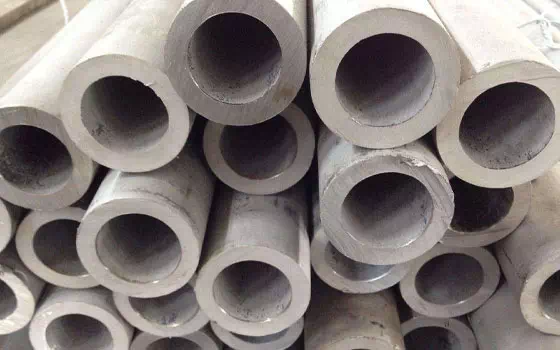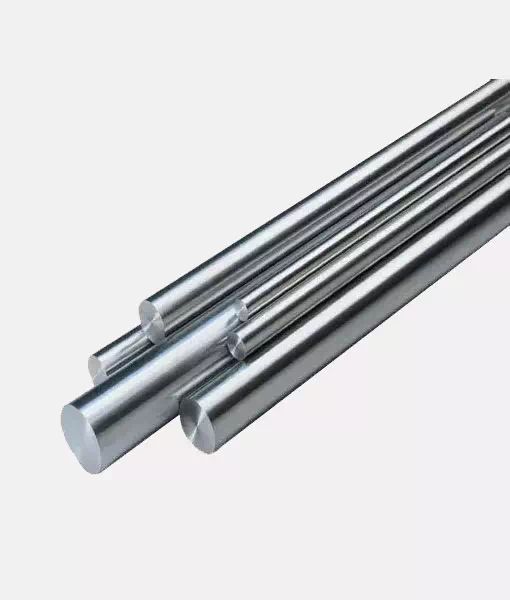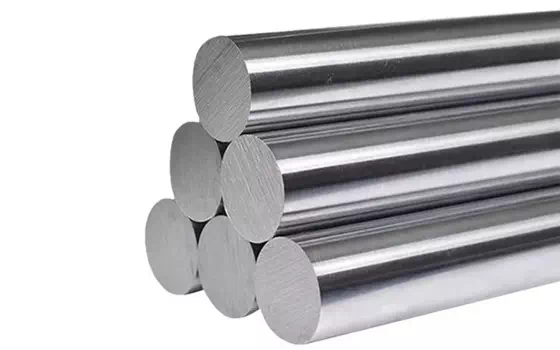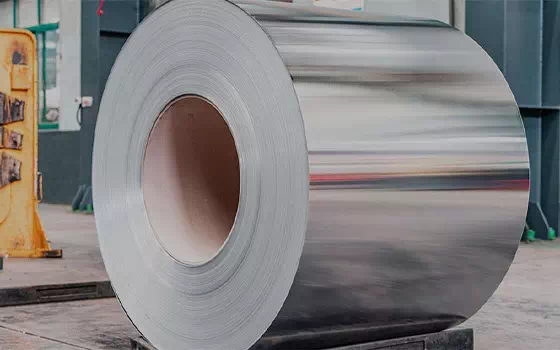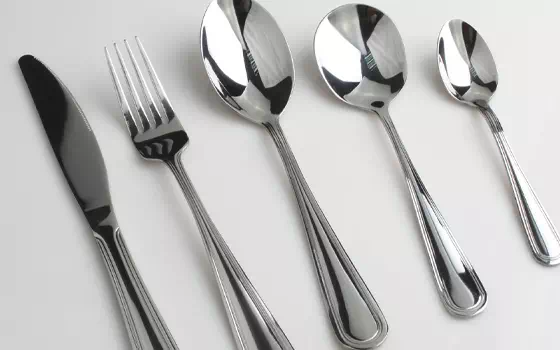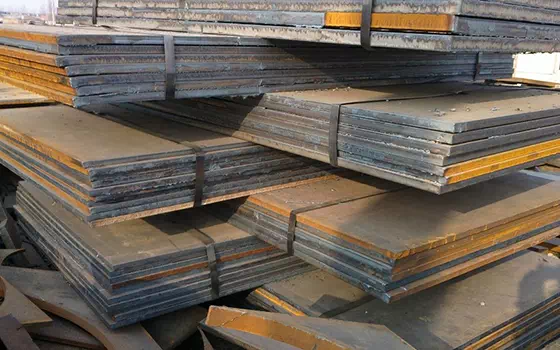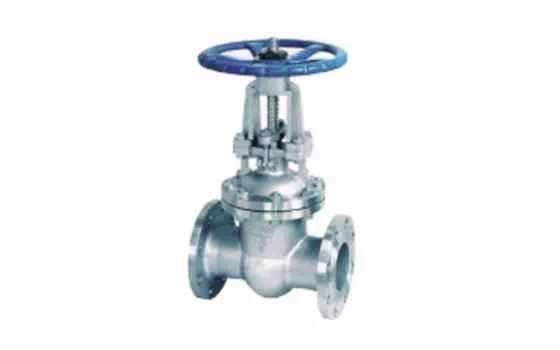Hastelloy B-2 material introductionHastelloy B2 is a solid solution strengthened nickel-molybdenum alloy with remarkable tolerance to reducing environments such as hydrogen chloride gas, sulfuric acid, acetic acid and phosphoric acid.
Hastelloy B2 is a solid solution strengthened nickel-molybdenum alloy with remarkable tolerance to reducing environments such as hydrogen chloride gas, sulfuric acid, acetic acid and phosphoric acid. Molybdenum is the main alloying element that provides significant corrosion resistance to reducing environments. This nickel-steel alloy can be used in the welded state because it prevents the formation of grain boundary carbide precipitations in the welded heat-affected zone.
Alloy | % | Ni | Cr | Fe | C | Mn | Si | Cu | Mo | Co | P | S |
HastelloyB-2 | Minimum value | Margin | 0.4 | 1.6 | - | - | - | - | 26 | - | - | - |
Maximum value | 0.7 | 2.0 | 0.01 | 1.0 | 0.08 | 0.5 | 30 | 1.0 | 0.020 | 0.010 |
|
|
Density | 9.2g/cm3 |
Fusing point | 1330~1380 ℃
|
The minimum mechanical properties of an alloy at room temperature
Status | Tensile strength Rm N/mm | Yield strength RP0.2 N/mm | Rate of elongation A5 % |
Solid solution | 690 | 310 | 40
|
Control the minimum content of iron and chromium elements to prevent the formation of β-phase Ni4Mo
Excellent corrosion resistance to reducing environments
Excellent resistance to moderate concentrations of sulfuric acid and many non-oxidizing acids
Excellent resistance to chloride ion reduction stress corrosion cracking (SCC)
Excellent resistance to various organic acids
Hastelloy B-2 has a face-centered cubic lattice structure.
Hastelloy B2 application area
It is widely used in chemical, petrochemical, energy manufacturing and pollution control fields, especially in sulfuric acid, hydrochloric acid, phosphoric acid, acetic acid and other industries. It is not recommended for use in the presence of ferric and copper salts, as these salts will quickly cause corrosion damage. When hydrochloric acid comes into contact with iron and copper, it reacts with them to form ferric and copper salts.


